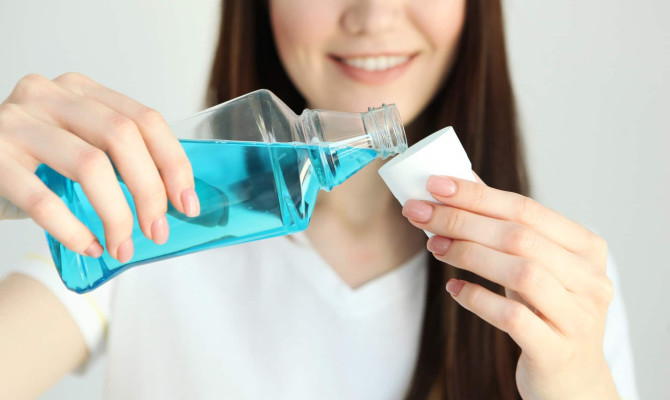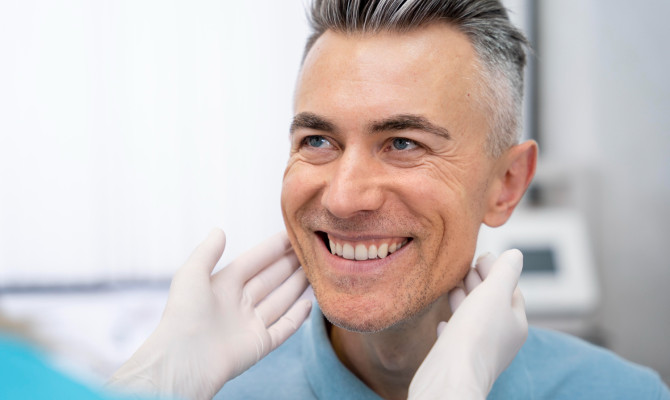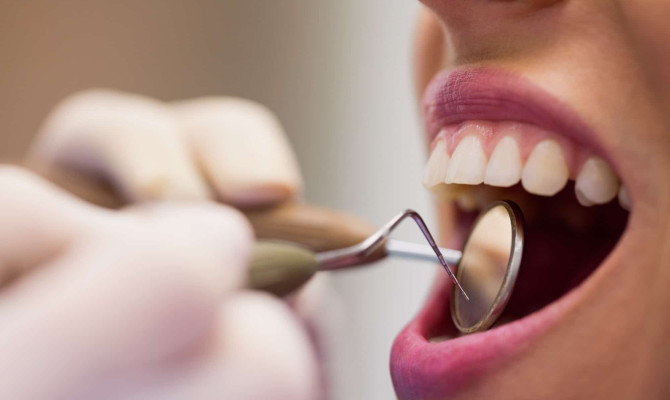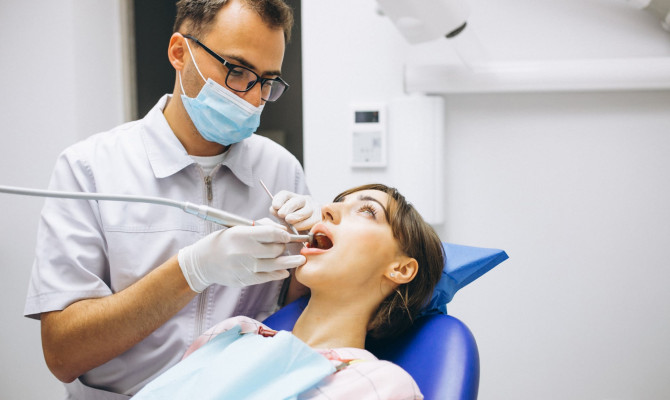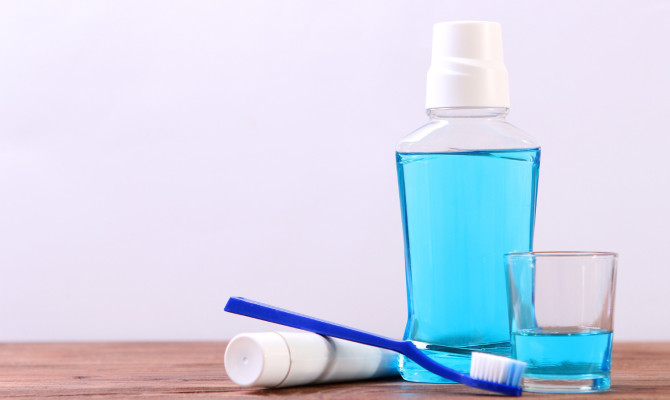Everything You Need To Know About Lip Reduction Surgery

- Dentofacial Abnormality
- 06 Oct 2023
Introduction
What is Lip Reduction Surgery?
Lip augmentation surgery, a frequently performed technique aimed at enhancing lip fullness, may have come to your attention. A less frequently addressed topic pertains to the practice of reduction surgery, which aims to diminish the volume of one’s lips. Although not as commonly performed, lip reduction surgery might be a viable option for individuals seeking to achieve reduced lip size or for those dissatisfied with the outcomes of prior lip augmentation procedures. 2 Introduction | Researched based study from National Institutes of Health
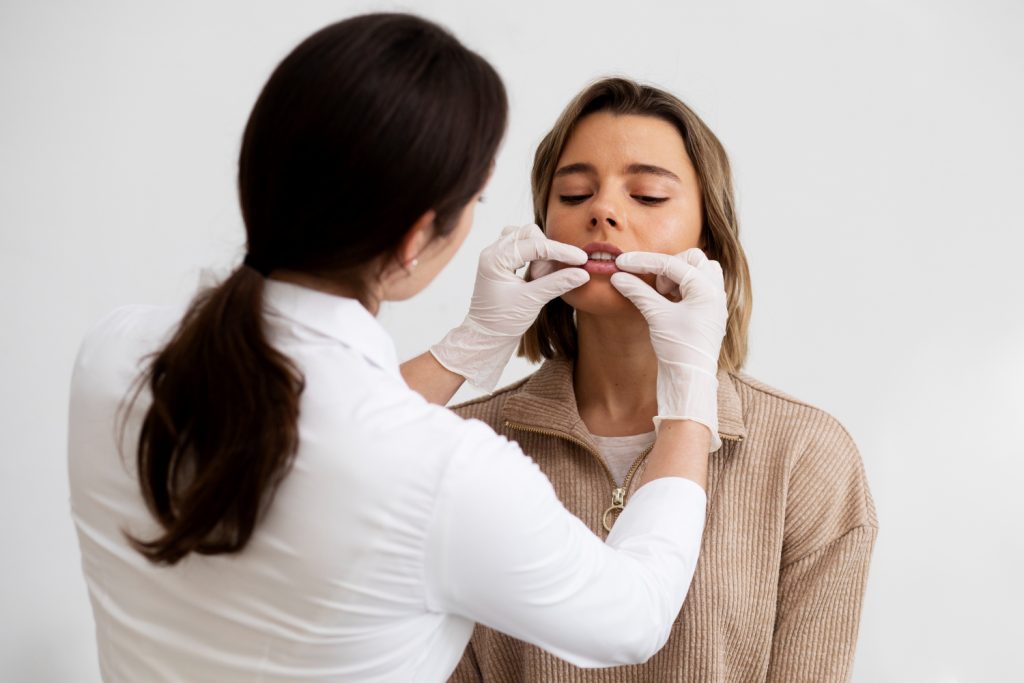
Surgical interventions exhibit notable distinctions from dermatological procedures, accompanied by a heightened susceptibility to various dangers, such as the potential for infection and the formation of scars. However, it is generally acknowledged that lip reduction surgery is a safe procedure when conducted by a qualified and registered practitioner.
Indications
Why is Lip Reduction Surgery Performed?
Aesthetic purposes:
The primary objective of lip reduction procedures is not solely focused on aesthetic enhancement. 2 Indications | Researched based study from National Institutes of Health
Macrocheilia:
- Macrocheilia, also known as the condition of having overly large lips, has the potential to disrupt oral functionality.
- This is due to the insufficient ability of the top and lower lips to form a proper seal, leading to incompetence and the occurrence of drooling.
- Furthermore, this illness has the potential to disrupt speech patterns and impair functionality, ultimately impacting an individual’s self-perception and confidence. 2 Indications | Researched based study from National Institutes of Health
- This is due to the fact that the condition may subject individuals to ridicule and become a target for bullying.
- Macrocheilia, a condition that exhibits higher prevalence rates among specific ethnic groups, encompasses various causes and has the potential to impact either a single lip or both lips.
Contraindications
Contraindications for Lip Reduction Surgery
- Individuals who do not possess sound physical well-being and engage in habitual cigarette smoking are deemed ineligible for this particular therapeutic intervention.
- Prior to determining the eligibility of a patient for treatment, a surgeon will diligently evaluate the individual and review their medical records.
- Individuals who possess unattainable expectations regarding the outcomes of this therapy are deemed ineligible. 4 Contraindications| Researched based study from National Institutes of Health
Brazilian Technique
What is Brazilian Lip Reduction Surgery?
- Certain lip reduction techniques specifically target the decrease of a singular lip, with the aim of achieving a slimmer appearance. One particular procedure is commonly referred to as the “Brazilian” technique. 1 Brazilian Lip Surgery | Researched based study from National Institutes of Health
- The present methodology centers on the morphology of the inferior labium, drawing inspiration from a bikini line, a conventionally triangular-shaped region at its lower extremity.
- In order to attain the intended contour and decrease in volume, the surgeon extracts a larger segment from the central region of the lower lip.
Procedure
How is Lip Reduction Surgery Performed?
Lip reduction surgery entails the excision of dermal tissues from either the lower or upper lips, and occasionally from both. This procedure is undertaken with the aim of altering the overall shape of the lip region.
- Initially, anesthetic, which can be administered either locally or generally, is employed to ensure the absence of pain perception. 2 Procedure | Researched based study from National Institutes of Health
- During the surgical intervention, a horizontal incision is made by the surgeon in the pink mucosal region of the inner lip. This approach reduces the occurrence of scar formation.
- Subsequently, the surgeon proceeds to extract surplus adipose tissue and other anatomical structures from the lip in order to diminish its total volumetric capacity. 2 Procedure | Researched based study from National Institutes of Health
- Upon the completion of tissue removal, the surgeon will proceed to suture the incision, thereby closing it. Typically, these entities tend to detach spontaneously during a span of many days or weeks.
- The procedure can be performed on both the top and lower lip in order to achieve facial feature symmetry and enhance the aesthetic appeal of the individual.
- Subsequently, the surgeon employs sutures to effectively secure the wound. This procedure has proven to be advantageous for individuals worldwide, enabling them to achieve their desired aesthetic appearance.
Laboratory studies performed before lip reduction
- The assessment of the lip and its connection to other facial structures involves the examination of frontal and profile aesthetic perspectives, as well as the potential use of cephalometric radiographs to analyze the underlying dento-alveolus and facial skeleton.
- It is vital to evaluate the condition of the lips, as well as their interplay with the nasal and chin regions.
- The lip is subjected to a physical inspection from a frontal perspective in order to assess the observable vermilion (vertical dimension) and the surplus of the lip in the horizontal direction. 2 Procedure | Researched based study from National Institutes of Health
- The profile view allows for the observation of the relationship between the upper and lower lips, as well as the extent of lip eversion.
- Prominent lips can be attributed to lip ectropion or labial eversion, rather than lip volume.
- Moreover, the tone of the orbicularis musculature is evaluated, as well as the competency of the muscular ring.
- The present analysis critically examines the link between the nose, lip, and chin.
- If deemed necessary, a lateral cephalogram is acquired in order to evaluate the underlying dento-alveolar and facial skeletal factors that contribute to the lip deformity.
Side Effects

Lip Reduction Surgery Side Effects
Side effects of lip reduction surgery include:
- Swelling
- Lip suture scars
- Issues post procedure
Swelling
- The duration of swelling and redness may persist for several days, however, it is expected that one’s ability to engage in verbal communication and physical mobility will improve and become more comfortable following this period.
- However, often there is a duration of around one to two weeks characterized by undesirable swelling, with the most severe swelling occurring within the initial few days. 3 Side Effects | Researched based study from National Institutes of Health
- Indeed, it is noteworthy that postoperative lip swelling might escalate significantly within the initial days, surpassing the preoperative dimensions. This phenomenon may elicit a sense of apprehension among individuals.
- This phenomenon is considered to be within the range of expected outcomes. I have observed a period of approximately five months characterized by mild and intermittent swelling as a result of the corrective procedure performed on the previous suboptimal silicone application.
Lip sutures scars
- Another worry pertains to the duration for which the sutures on the lips would remain visible. Typically, the duration of this period ranges from one to two weeks.
- It is of utmost importance that the sutures remain untrimmed within the initial week, and only those sutures that are visibly loose should be trimmed subsequent to the first week. 3 Side Effects | Researched based study from National Institutes of Health
- The fundamental factor lies in the natural dissolution of sutures. Additionally, during the initial few weeks, it is common for the incision to protrude outward to a greater extent until the swelling begins to subside. This phenomenon is considered to be within the expected range of typical occurrences.
- It is considered common for the lip to experience minor bleeding within the initial one to two weeks. The only requirement is to apply pressure. The cessation of the phenomenon will occur.
- In the event that a suture prematurely unravels and results in a little wound opening, it is expected that the wound would still undergo proper healing. This phenomenon occurs in a limited number of instances.
Issues post-procedure
- Post-procedural numbness of the lips may last for an extended duration, ranging from a few weeks to several months, without necessitating concern.
- The sensation of tightness in the lips may also be experienced, particularly during activities such as mouth opening or smiling. This symptom can persist for a duration of several weeks, and in some cases, may even endure to a certain extent for several months.
- The removal of sutures and complete healing of the lips often require a time frame of approximately one to two weeks.
- Although the perceived time commitment may appear substantial, it is noteworthy that the duration of this procedure is comparatively shorter in relation to other cosmetic operations.
- It is often advisable to allocate a full week for taking time off from work.
- As part of the recuperation process, it is possible that your healthcare provider may suggest the utilization of ice packs to the lips. Additionally, it is worth considering the utilization of non-prescription analgesics.
- It is advisable to consult with a surgeon if the symptoms experienced after undergoing surgery persist for a duration beyond two weeks.
FAQs
Frequently Asked Questions on Lip Reduction Surgery
Q. Which individuals meet the criteria for eligibility for lip reduction surgery?
- Individuals with disproportionately thick lips that hinder their oral functions may be considered suitable candidates for therapy. 4 FAQs| Researched based study from National Institutes of Health
- An individual who experiences speech difficulties and other associated challenges as a result of possessing an enlarged lip is considered eligible.
- Moreover, individuals may opt for this therapeutic intervention to enhance their aesthetic appeal or in cases when they have experienced unsatisfactory outcomes from a previous lip augmentation procedure.
Q. How long is Lip reduction surgery recovery time?
- It is advisable to arrange for a companion who can provide transportation following the completion of your reduction cheiloplasty procedure.
- It is probable that residual effects of the anesthetic will persist for several hours.
- The majority of patients experience a complete recovery from lip reduction surgery within a timeframe of one to three weeks. Anticipated downtime is minimal.
- The majority of individuals are able to resume their work duties on the day following the surgery. 4 FAQs| Researched based study from National Institutes of Health
- The majority of individuals often encounter a moderate level of discomfort and inflammation that reaches its maximum intensity within a period of 3 to 4 days following the surgical procedure.
- The physician has the option to recommend the administration of an anti-inflammatory, antibiotic, or analgesic pharmaceutical agent in order to mitigate symptoms such as edema, infection, or discomfort.
- The cosmetic facial surgery may result in temporary alterations to the sensation or functionality of the lips. In the majority of instances, a solitary treatment yields enduring outcomes. 4 FAQs| Researched based study from National Institutes of Health
- Infrequently, it may be necessary for an individual to have further surgical procedures in order to attain the most favorable outcomes.
- It is advisable to maintain proper hydration and have readily available a natural lip moisturizer during the healing process. The dissolvable sutures will undergo total degradation within a period of 7 to 15 days.
- It is recommended that individuals refrain from engaging in contact sports, heavy lifting, or other physically demanding activities for a minimum duration of two weeks following the surgical procedure.
Takeaway
Lip Reduction Surgery: Consult Your Surgeon
Lip reduction surgery is a cosmetic procedure that aims to improve face aesthetics by achieving a harmonious balance between the upper and lower lips. This particular surgery offers advantages for some medical diseases that may impair oral functionality, potentially resulting in issues such as excessive salivation, speech impairments, difficulties with eating, and diminished self-esteem.
A growing number of individuals in contemporary society are opting to decrease the size of their lips. Whether an individual seeks to achieve a reduction in lip size for cosmetic reasons or requires a medical intervention to address lip volume, this particular outpatient surgery offers potential advantages. It is advisable to consult with a board-certified plastic surgeon in order to acquire further knowledge on the intricacies of facial rejuvenation surgery.
Any feedback on this article?
 This Articles content was accurate
This Articles content was accurate Very Informative Article
Very Informative Article I have a question or a comment
I have a question or a comment
 This article contains inaccurate content
This article contains inaccurate content This article was not helpful
This article was not helpful I have a question or a comment
I have a question or a comment
We appreciate your helpful feedback!
Checkout our social pages
References
-
National Institutes of Health
Brazilian lip surgery
-
National Institutes of Health
Introduction | Indications | Procedure
-
National Institutes of Health
Side Effects
-
National Institutes of Health
Contraindications | FAQs














